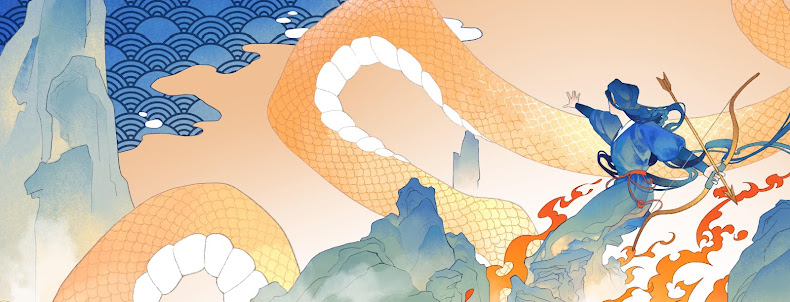I’ve
enjoyed reading “The Picture of Dorian Gray”, which is a Gothic supernatural
kind of tale with a Faustian theme.
Dorian
Gray is a young and handsome lad who has bartered his soul for eternal
youthfulness and a life of wild pleasures. After experimenting a debauched
life, inspired by a poisonous book that his cynical friend Lord Henry has given
him (believed to be the French novel “A Rebours” by Joris-Karl Huysmans, which
was to become a famous, so called “decadent” novel), he finds that his own
enemy is and has always been his conscience, which is represented by the
portrait that his artist friend Basil Hallward once painted of him. When Dorian
further engages in one wicked deed uncontrollably after another, he is
ensnarled in utter despair. Is he ever going to get out of the vicious cycle?
It
is amusing to note some of the criticisms that “The Picture of Dorian Gray”
received when it was first published in 1890. It was described as “mawkish and
nauseous”, “unclean”, “effeminate and contaminating” (from Wikipedia). In
hindsight, it is clear that the criticisms were more directed towards the
novel’s unconventional moral concepts that Wilde had the audacity to put
forward in conservative Victorian times, rather than towards the work as
literary art. He was censored for being too avant-garde and too rebellious in
his ideas of hedonism, art appreciation, love (with homosexual overtones),
marriage and religion, often mixed with a shot of mockery at the lack of
sensitivity for art and general hypocrisy in English society.
The
novel doesn’t lack purple prose, which I find not at all cumbersome but
actually complementary to the Gothic mysteriousness, as it creates a paradoxical
mood for romance and horror, spurring the imagination into curious activity.
My
only complaint is that I find the ending a bit too melodramatic!

No comments:
Post a Comment